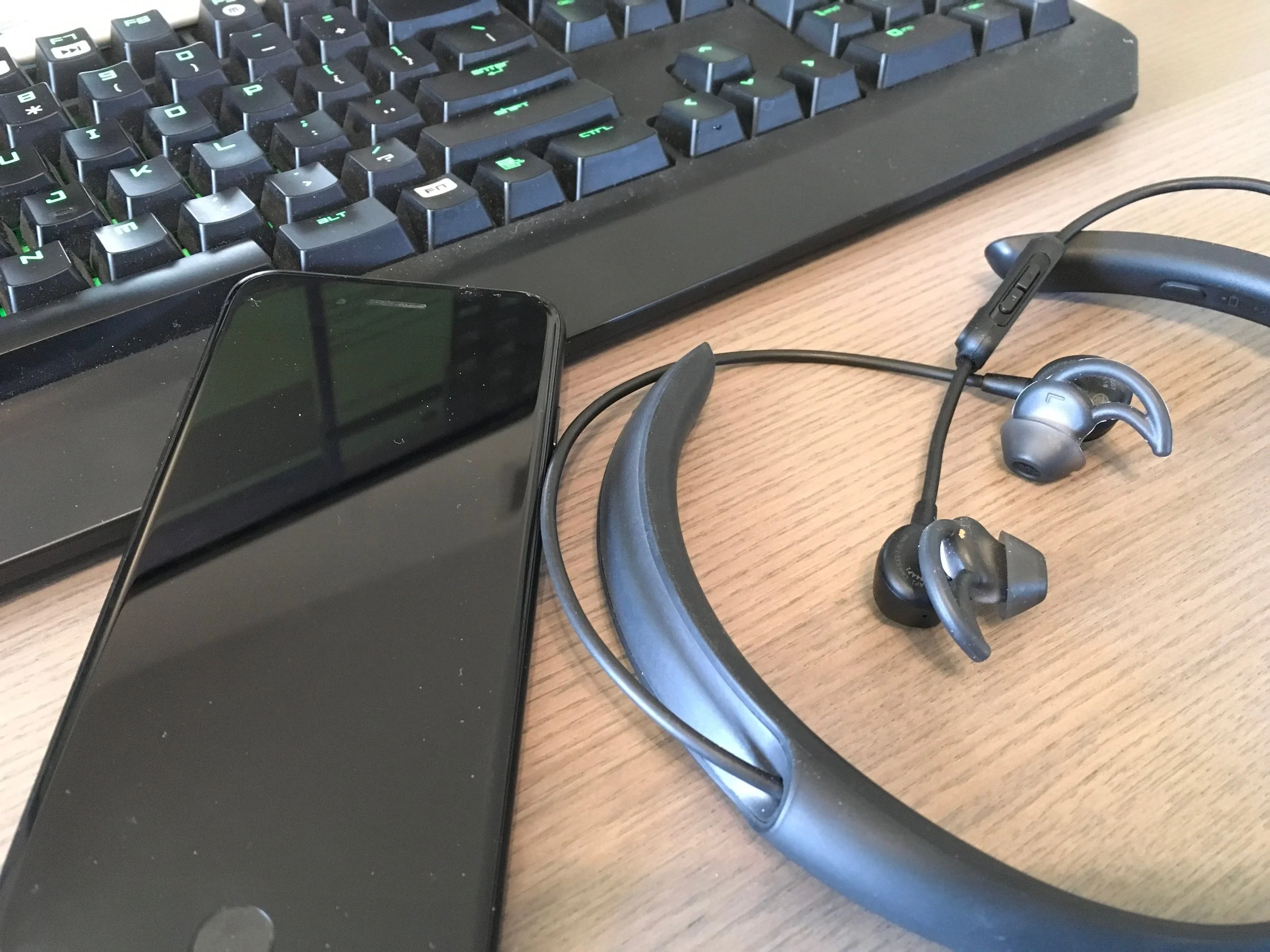I signed up for a new WebEx account today for a client. Got onto the WebEx website, clicked through the sign up forms, gave them my credit card for the $468 annual plan, thinking I can immediately scheduled a web conference with a new sales lead. But No... 11:21 am: The last screen in the sign-up process tells me that it will take up to 30 minutes for them to setup my account. In the age of 5 seconds attention span, "do it now" mentality, I am already unhappy. In this specific instance, I actually need to schedule a conference with a customer *now*. Not happy.
11:28 am: "Receipt for you WebEx order" email arrived. Which tells me please allow for 30 minutes for my account to be setup.
12:12 pm: "Welcome to WebEx" email arrived. (that's 34 minutes later) saying I can start using WebEx.
12:13 pm: Trying to log into WebEx using my email address as the user id, which was *repeatedly" mentioned in all the emails so far, no luck.
12:14 pm: Trying to reset / retrieve my password, no luck. At this point it is cleared that something else is wrong. Signed on to their online chat to ask for help.
12:15 pm: Oh you are an existing customer? Please call our 800 number.
12:16 pm: Called 800 number, someone picked up, determined that "something is wrong, your account is invalid", and transferred me to another department.
12:21 pm: after waiting for a few minutes, the call dropped. (We will *not* blame WebEx for this one, it could be just the cell service).
12:21 pm: Call back, since it was "something to do with my account", I navigated to billing and not tech support. Waited and waited.
12:29 pm: Agent picked up, "oh you need to talk to "service" and transferred me again. More waiting.
12:40 pm: Can't wait anymore. Hung up. Went to get lunch downstairs.
12:50 pm: Eating lunch at my desk, called back to 800 number, navigated to "tech support", and, yes you guessed it, waiting in the queue.
12:57 pm: Someone picked up. "Oh you don't have a user name" he says. "Funny I thought it was my email address" I replied. He asked me to pick a user name, (not in the form of an email address), created my "account" and away I go. I asked why did the system from the first sign-up screen keep telling me that my email address is my user name?
He couldn't explain. Seems like perhaps there is a truly manual step involved in the WebEx account setup process, and someone is suppose to type in a user name for me.
Wait -- this is not over !!!
10:35 am THE NEXT DAY: I got an email: "Your meeting center user name and password" is created. That is about 19 hours later. And that it seems is in response to the customer service rep's setting up of my user name when I was on the phone with them.
Recap
If I had simply waited, perhaps 19 hours later I would have received my actual user name? What is the actual rules for user name? Email? or username? What exactly is the sign-up process? I really would like to know.
By the way, I tweeted my dissatisfaction on twitter to @webex. Someone responded several times, but nothing actually happened.
Irony
The irony is that I was a very early user of WebEx back in 2000 when they were starting out. I have used it extensively in a global start-up. Everything was first rate. This experience makes me want to go run to dimdim or gotomeeting.




